Temperature Transmitter
The temperature transmitter uses thermocouples and resistance temperature detectors as the temperature-sensing elements. The signals from these elements are sent to the transmitter module, where they undergo various signal-processing steps—including voltage regulation and filtering, operational amplification, nonlinear correction, V/I conversion, constant-current generation, and reverse-protection circuitry—before being converted into a 4–20mA current signal or a 0–5V/0–10V voltage signal that exhibits a linear relationship with temperature. Additionally, the device features an RS485 digital signal output.
Key words:
Classification:
Telephone:
E-mail:
Temperature Transmitter
Overview
The temperature transmitter uses thermocouples and resistance temperature detectors as the temperature-sensing elements. The signals from these elements are sent to the transmitter module, where they undergo various signal-processing steps—including voltage regulation and filtering, operational amplification, nonlinear correction, V/I conversion, constant-current generation, and reverse-protection circuitry—before being converted into a 4–20mA current signal or a 0–5V/0–10V voltage signal that exhibits a linear relationship with temperature. Additionally, the device features an RS485 digital signal output.
Application
A device that converts physical measurement signals or conventional electrical signals into standard electrical signal outputs, or outputs capable of being transmitted via communication protocols. A temperature transmitter is an instrument that transforms temperature variables into standardized output signals suitable for transmission, primarily used for measuring and controlling temperature parameters in industrial processes. An current transmitter, meanwhile, converts the AC current from the measured main circuit into a constant-current loop standard signal, continuously transmitting it to the receiving device.
A temperature current transmitter converts the signal from a temperature sensor into a current signal, which is then connected to secondary instruments to display the corresponding temperature. For instance, in the diagram, if the temperature sensor is型号 PT100, the role of the temperature current transmitter is to transform the resistance signal into a current signal, sending it to the instrument for temperature display.
Performance parameters
• Execution Standard: IEC688:1992, QB
• Input range: -60°C to 175°C
• Accuracy class: ≤0.5% F.S.
• Total device power consumption: ≤0.5VA
• Insulation resistance: ≥20 MΩ (DC 500 V)
• Response time: ≤350 ms
• Operating environment: -10℃ to 50℃, 20% to 90% RH with no condensation
• Storage environment: -40°C to 70°C, 20% to 95% non-condensing
• Isolates and converts the measured ambient temperature into a single-channel standard DC voltage or DC current output proportional to the linear scale;
• Low power consumption, high reliability;
• Excellent anti-interference capability;
• Plug-and-play terminal interface, standard rail (35mm) mounting;
• Small size, external dimensions (mm): 95 (L) × 37 (W) × 32 (H);
A temperature transmitter is an instrument that converts a temperature variable into a standardized output signal suitable for transmission. It is primarily used for measuring and controlling temperature parameters in industrial processes.
Transmitters with sensors typically consist of two main components: the sensor and the signal converter. The sensor is primarily a thermocouple or a resistance thermometer; meanwhile, the signal converter consists mainly of a measurement unit, a signal-processing unit, and a conversion unit. (Since industrial-grade resistance thermometers and thermocouples follow standardized calibration tables, the signal converter—when sold as a standalone product—is also referred to as a transmitter.) Some transmitters come equipped with a display unit, while others even feature fieldbus functionality.
Technical specifications
1. Technical Specifications of Thermocouple Temperature Transmitters ※ Enter Input types: K, E, S, B, T, J thermocouples, and more Temperature measurement range: (as shown in the figure below) Input impedance: ≥20 kΩ Cold-end temperature compensation: -15 to +75°C ※ Output Output current: 4–20mA Output circuit power supply: 12–30 VDC Minimum operating voltage: 12 VDC The relationship between the load resistor and the power supply: ※ Comprehensive Parameters Standard accuracy: ±0.2% Temperature Drift: Basic Error / 10°C Thermal Resistance Lead Compensation: ±0.1% (0–10Ω) Load variation impact: ±0.1% (within the allowable load range) Power supply variation impact: ±0.1% (12–30V) Power-on response time: <1S (0–90%) Operating environment temperature: -20~+70℃ Protection rating: IP00/IP54 (determined by the sensor's protection rating) Electromagnetic Compatibility: Complies with IEC61000 and EN61000 |
2. Technical Specifications of the Resistance Temperature Transmitter ※ Enter Temperature measurement range: Pt100: -200 to 850°C Cu50: -50 to 150°C Minimum temperature range: 50°C Lead resistance: ≤10 Ω ※ Output Output current: 4–20mA Output circuit power supply: 12–30 VDC Minimum operating voltage: 12 VDC The relationship between the load resistor and the power supply: Load resistance (including lead resistance) = Supply voltage (V) - 12 (V) / 0.02 A ※ Comprehensive Parameters Standard accuracy: ±0.2% (see selection table). Note: Custom options available for higher precision. Temperature Drift: Basic Error / 10°C Thermal Resistance Lead Compensation: ±0.1% (0–10Ω) Load variation impact: ±0.1% (within the allowable load range) Power supply variation impact: ±0.1% (12–30V) Power-on response time: <1S (0–90%) Operating environment temperature: -20~+70℃ Protection rating: IP00/IP54 (determined by the sensor's protection level) Electromagnetic Compatibility: Complies with IEC61000 and EN61000 |
Factory display
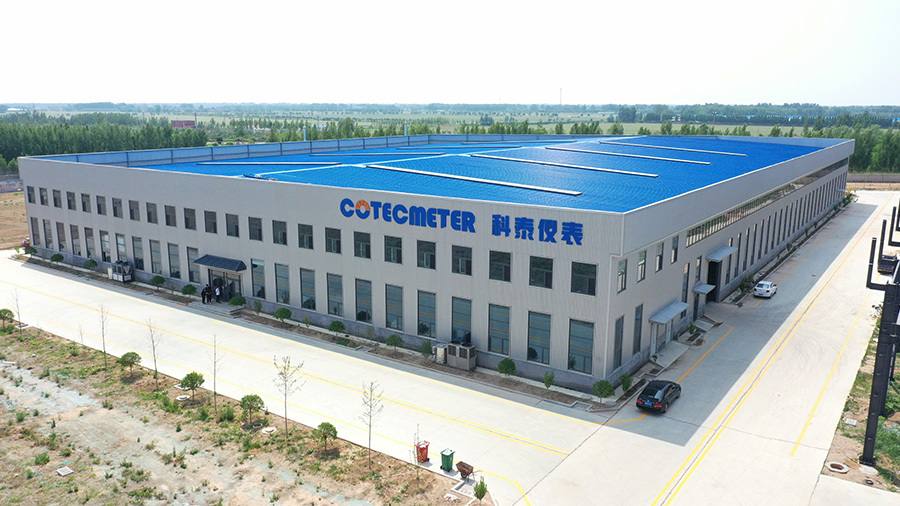
Plant display 7
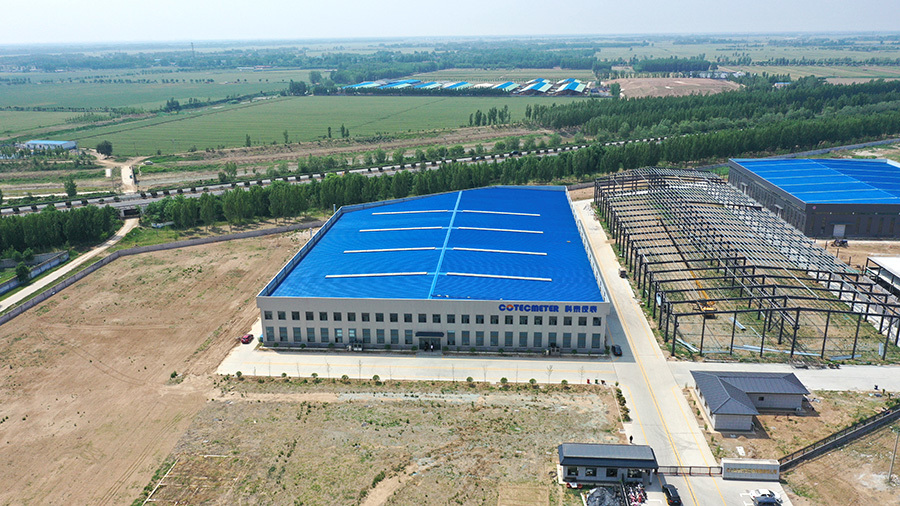
Plant display 8
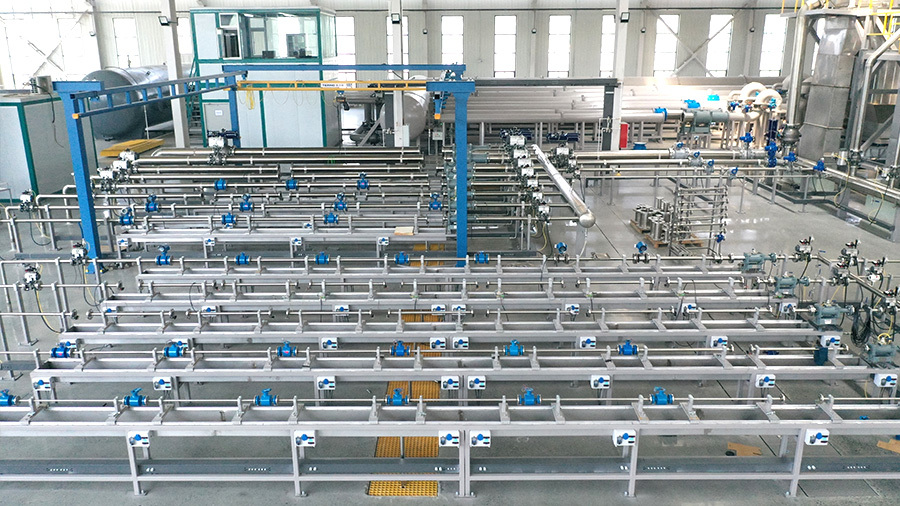
Plant display 6
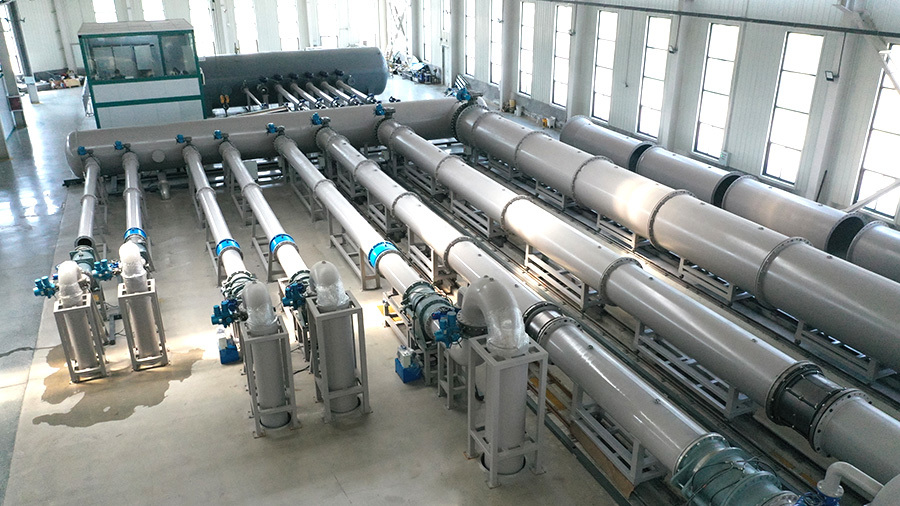
Plant display 5
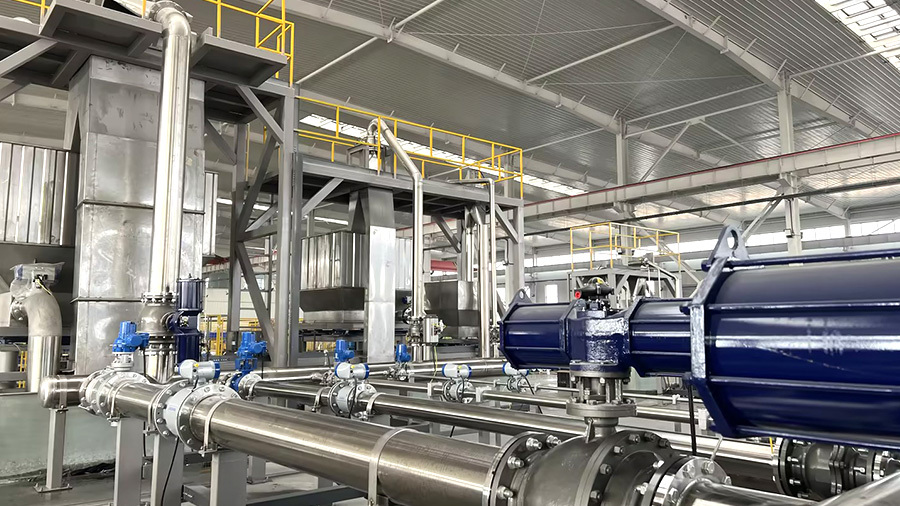
Plant Display 4
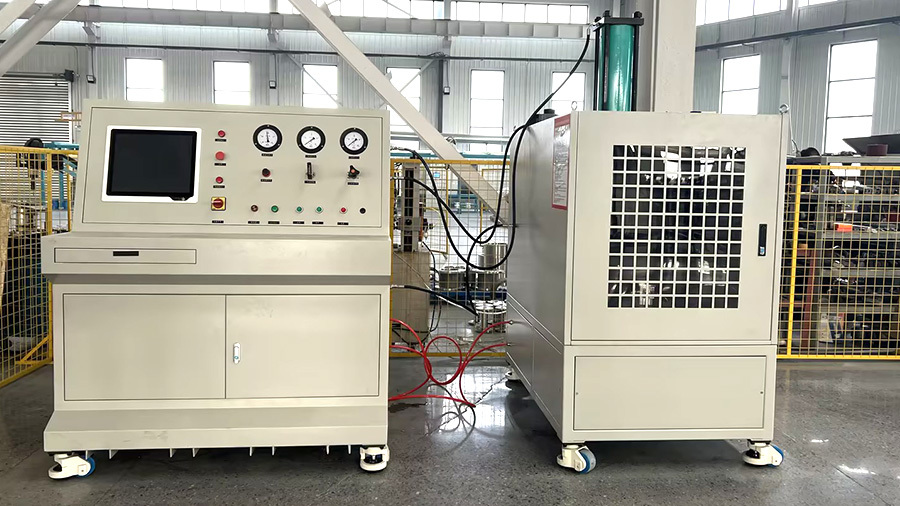
Plant Display 9
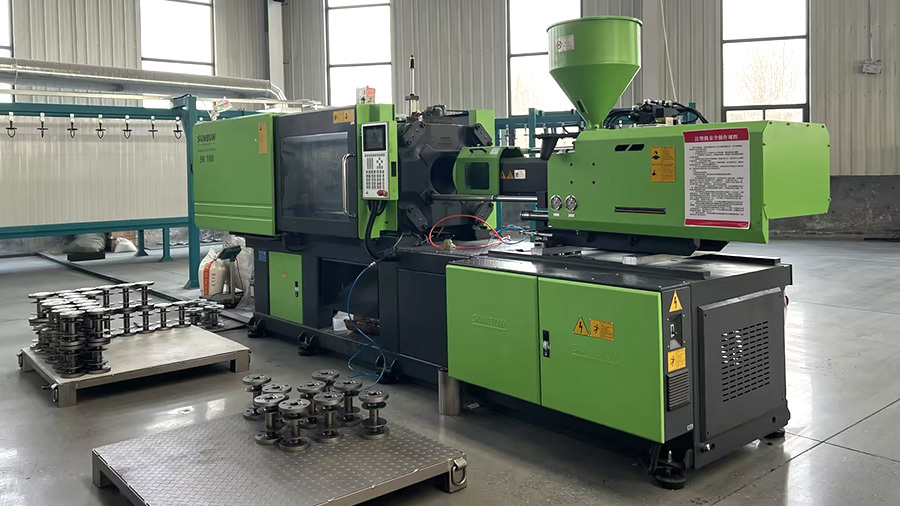
Plant Exhibition 3
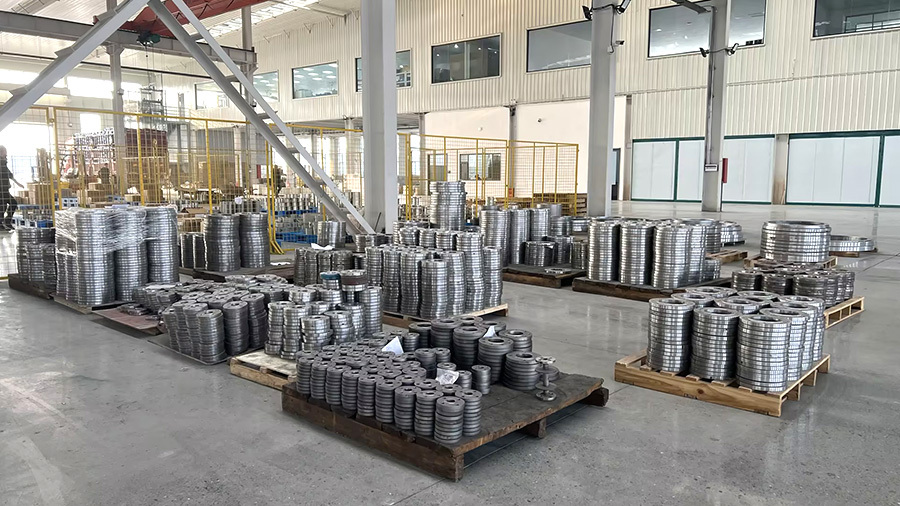
Plant display 2
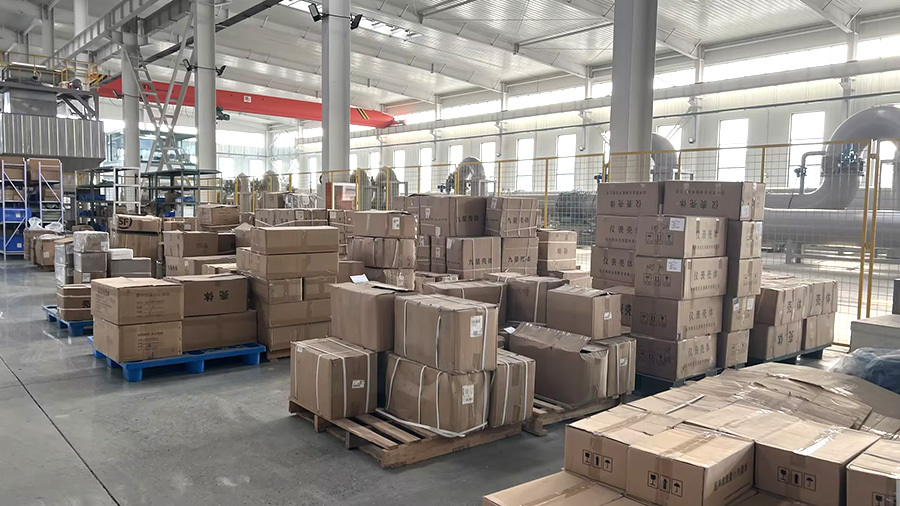
Factory display
Honor Show

Exhibition style

Previous Page
Next Page
Previous Page
None
Next Page
Product Consulting
We will contact you within one working day. Please pay attention to your email.





